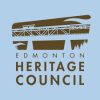Black families and individuals have been known to travel the river’s edge from downtown Edmonton, navigating their way to the communities of Jasper Place.
Jasper Place bore hope and promise for many families fleeing from the segregated Southern USA, the Caribbean, and from African countries.
From the United States…
- Johnny Bright: North America’s top football player, he fled segregation and racism in the United States to make Jasper Place his home. After his football career ended with the Edmonton Eskimos, as the team was then called, he stayed in the Jasper Place area and later became Principal of Hillcrest Junior High School. Several landmarks around Edmonton bear his name.
- The Lipscombes: Alberta Lipscombe and her husband, Oswald James, headed for Edmonton in the early 1950s “because we just couldn’t make it farming anymore.”1 They found Amber Valley (2 hours north of Edmonton) impossible to farm and difficult to support a family. Other Lipscombe family relations soon migrated to Jasper Place — Richard and Monica Miles, Eric and Kathleen, and Robert and Bertha.
- The Lafayettes: Dan and Joan LaFayette built their home at 10218 153 Street in 1952.
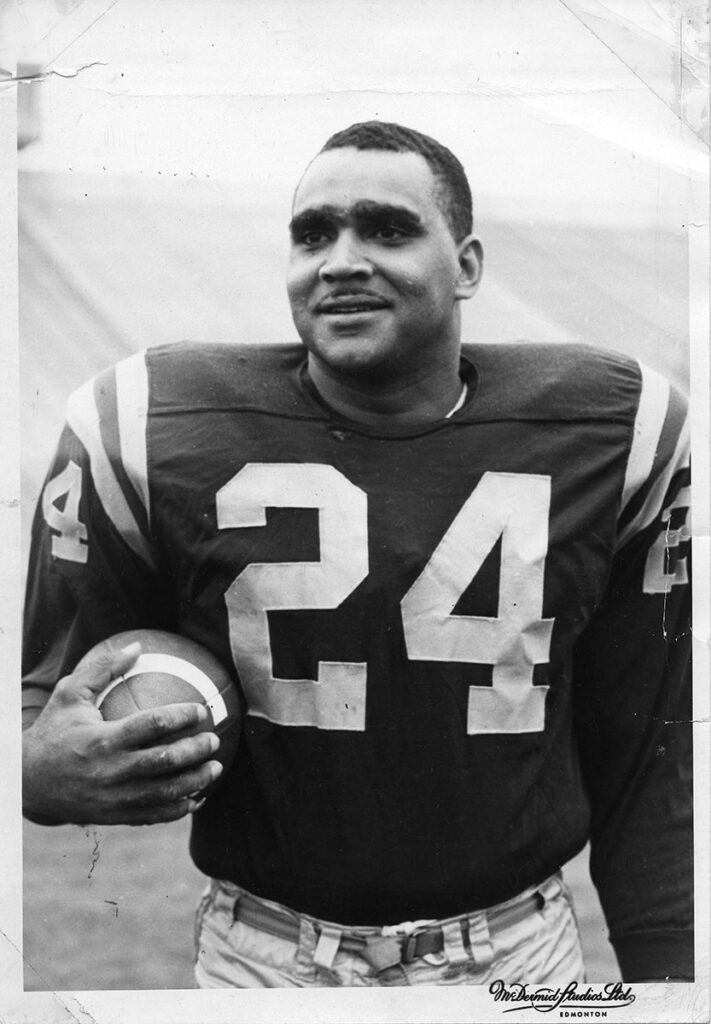

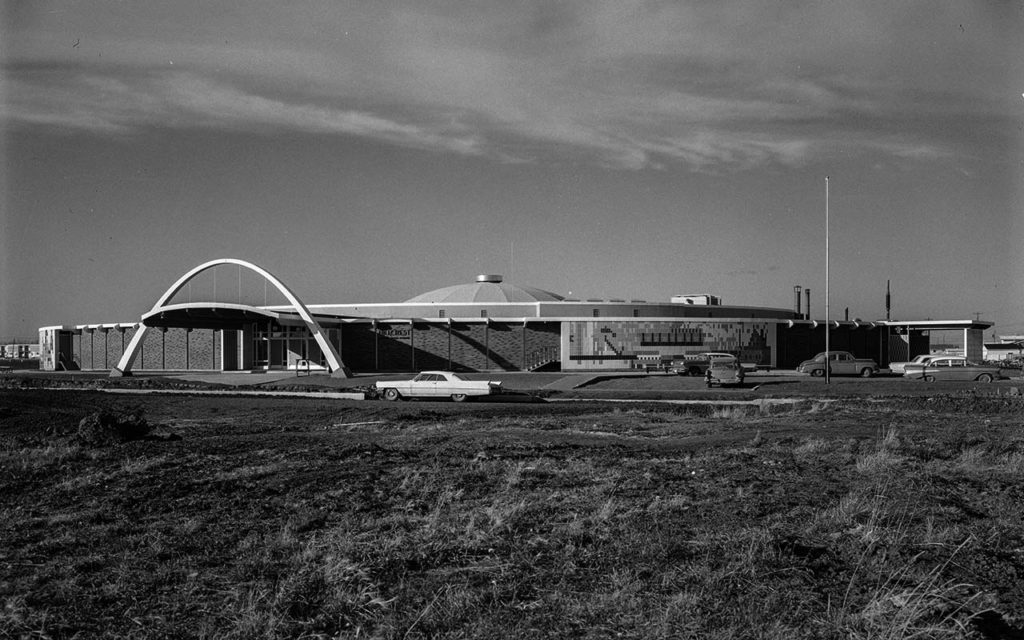
From the Caribbean…
Beginning in the 1950s, various pre- and post-colonial schemes facilitated the flow of Caribbean immigrants into Edmonton, as “Domestic Servants” and “Sleeping Car Porters” to meet the needs of the growing industrial climate. Statistics Canada records a steady increase in the arrival of people from the Caribbean in this period into the 1990s.
- Shirley Romany pioneered the beauty industry in Jasper Place by opening Ebony & Ivory salon, beauty supply stores, and barber shops and a hair styling school. The shops were also a meeting place for community members near and far.
- Some sought employment at the nearby Misericordia Hospital.
- Carl Wilson, Stennie Noel, and other Caribbean oil workers commuted to the emerging Fort McMurray oil sands from Jasper Place.
- Caribbean food marts and restaurants like Sit & Chat catered to the growing community’s needs. Many members of this Caribbean community still reside in this area, some increasing their cultural and social footprint with the Indigenous community.
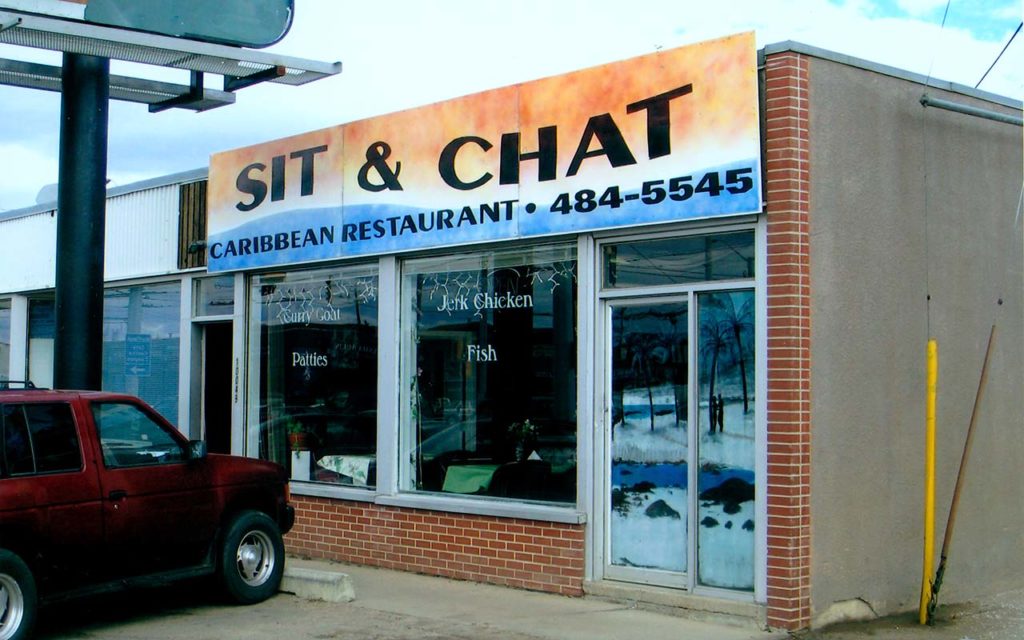

New Wave…
In the 1980s, changes in Canada’s immigration policies attracted a new community from various countries in Africa. While some refugees arrived from war-torn countries like Rwanda and Eritrea, hundreds arrived annually as students, potential entrepreneurs, and to fit other immigration quotas. Imports of specialized food and cultural products continued to emerge in the area to support this growing community. Enterprises like Nurture Café in the Orange Hub opened up to meet the growing needs of the new communities.
- Goitom “Tom” Fessahye acquired the landmark Edmonton Coin Laundry on Stony Plain Road in 2003.
- Enterprises like Nurture Café in the Orange Hub opened up to meet the growing needs of the new communities.
- The Burundian Community Organization of Alberta has established its presence in Jasper Place.
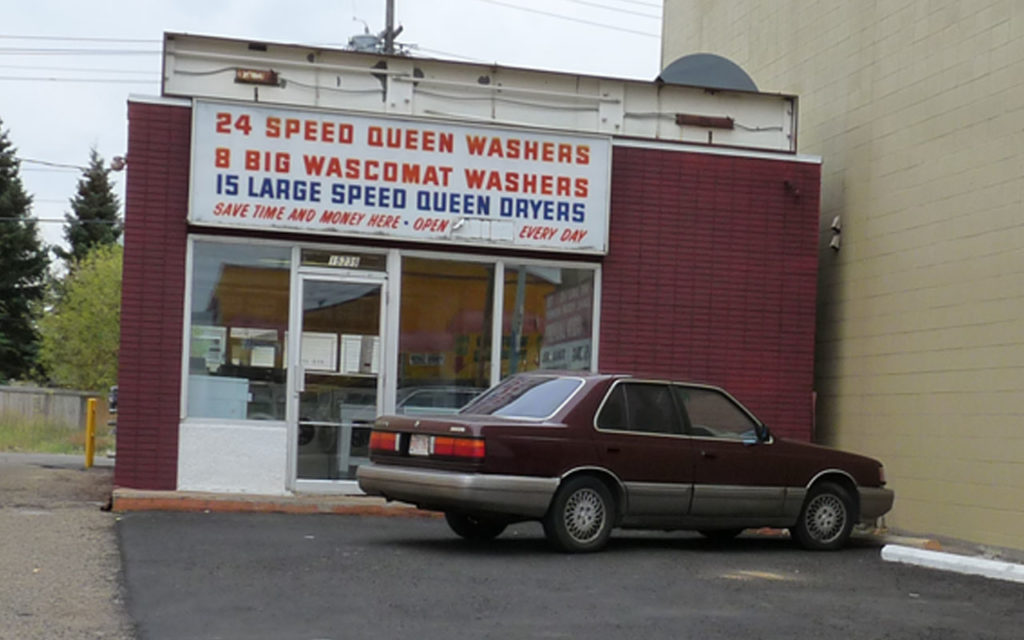

| The 2011 Census of Canada reports a jump in the area population of residents from the Caribbean and Africa. Jasper Place held tremendous promise for the place called HOME. |
Banner concept by Donna Coombs-Montrose, created by SignWorks Plus
1“Pioneer watches over kin who found peace in valley,” Edmonton Journal, July 8th, 1975, p. 17, via Newspapers.com.
To learn more about the Black Communities in Jasper Place, visit Jasper Place Community History Project’s website here: Category: Black Communities


